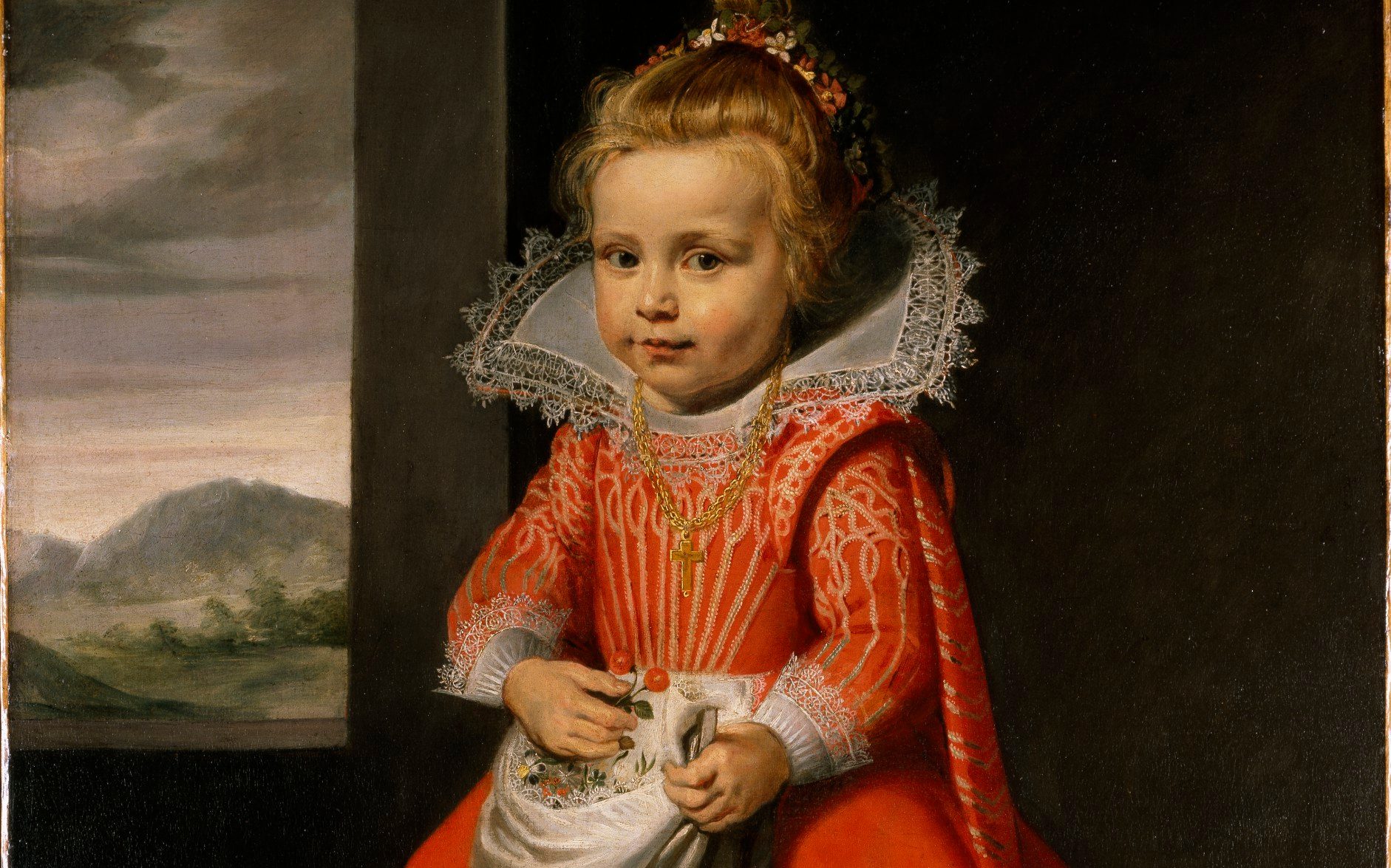
The thing about drawing children is that they are always moving. Even when they are told to stand still in one spot, they are perpetually fidgeting – and if you hope for anything different, it can leave you sorely frustrated.
My father’s patience was thoroughly tested while making portraits of his little daughters when he was a young art teacher. Even now, I can remember him painting me. I was perhaps four, and I did my best to stay very, very still, unnaturally so – you can see it in my posture and my fixed expression. I was determined not to make the smallest of twitches, because when my elder sister had sat for her portrait, she hadn’t been able to hold her liveliness in, and my father had become so frustrated that he’d left her face a blurry smudge and abandoned the whole thing.
I have my childhood portrait framed on my wall. It is a lovely painting and certainly has something of me about it, but it mainly shows a child trying to get it right.
. I like to think that these painters, some from so long ago, may well have shared my father’s frustration – just as their subjects might have shared my own.
Nearly all these artworks would have been commissions, serving to document a family or introduce an heir, so it should come as no surprise that they can feel rather staged. Many of the paintings show children standing by their parents, or decoratively seated – as in the exquisite portrait of William Brooke, 10th Lord Cobham, and his family, painted in 1572. Yet this picture also conveys real affection: the children delicately hold animals and fruit, the littlest one is perched on his aunt’s lap.
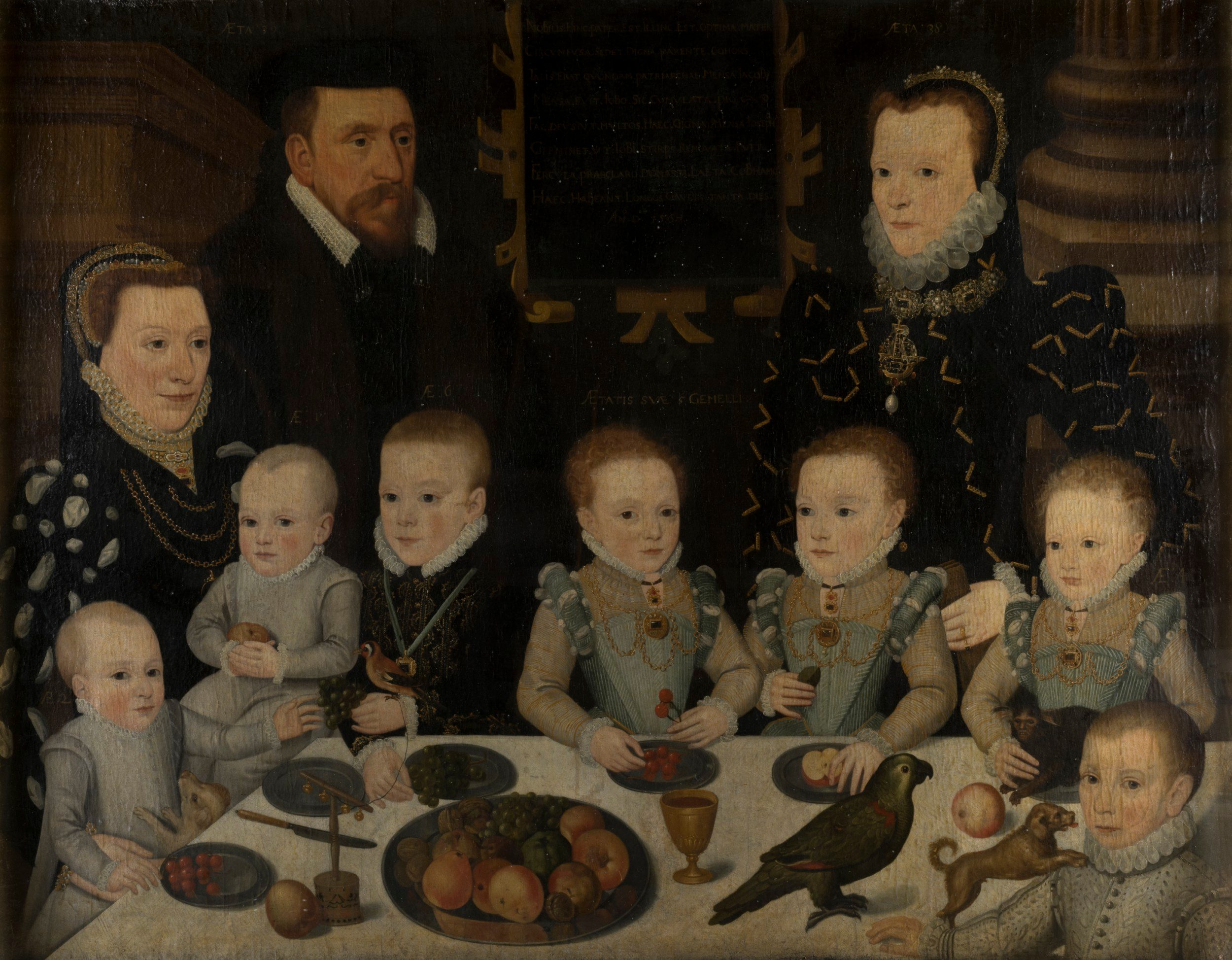
Sometimes, the children are posed as if playing or running, but even then, they often look a little stiff or self-conscious – such as the five-year-old Henry Boyle, all dressed up in a golden tunic as “The Boy of Egremont” (a medieval tale that proved a favourite of painters in later centuries). I recognise Henry’s expression, looking out at me from this 17th-century portrait. I have seen it on many a child’s face, and to me it says, “When can I stop doing this?”
As an illustrator of books for children, I am often drawing the very young, though my characters are conjured from the imagination: from memories, photographs and sketches. My concocted children, Charlie and Lola, and Clarice Bean, never need to sit still. And so when I draw, I begin from the inside out: I wonder what motivates this particular child. How do they think? What are they feeling? How will I explain their personality in pictures? I am there to tell you what is not told in words, to go beyond the surface and draw out the emotion of each character.
My Charlie and Lola books are essentially conversations between a seven-year-old brother and his three-year-old sister – the affection they hold for each other is apparent in the illustrations. The books explore the way children use their imaginations to problem-solve. Clarice Bean is a very different sort of child: talkative, energetic and full of observations. We are looking at the world through her eyes – what we see in my drawings is her impression of things.
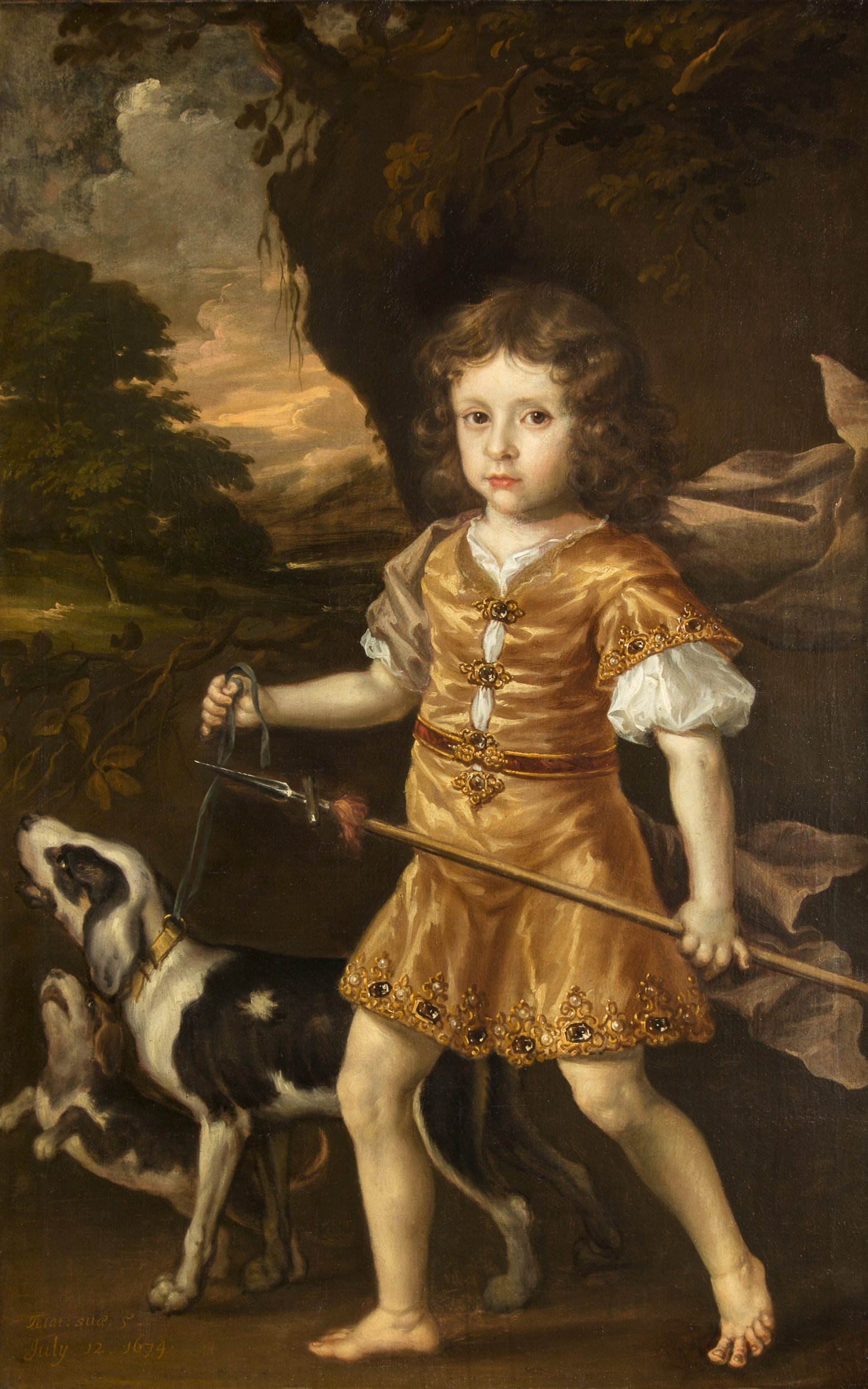
I have always loved to observe children. Their interactions are so different from those of adults, their expressions not yet guarded by experience. Whether it be the nervous pulling at the hem of a sleeve or scuffing a shoe along the ground in fury, their movements so often tell us what they think.
Illustration is a more abstract art than portraiture. In a commissioned portrait, the narrative is controlled, so at first glance, the child you see is the child the parents want you to see: pretty, affectionate, even-tempered and well behaved. They are putting on a show and it feels posed. However, when I look at Joshua Reynolds’s 1784 portrait of Georgiana Spencer, Duchess of Devonshire, and her baby daughter, it is the baby who looks the more animated. Perhaps the artist had to accept there was no posing such a tiny child, and maybe he was captivated by the liveliness of this small girl. She is gazing intensely at her mother’s face, delighted by the pat-a-cake game they are playing – while poor Georgiana has the vacant expression of one who is very much looking forward to putting her arm down.
has always been able to translate into ink, pencil and paint, bringing to life all that zipping about children do. You feel his delight in it. Children are also openly curious, which can be quite disarming. Raphael observed this perfectly in his drawing Woman Reading with a Child (1512), shown at Chatsworth. A mother (perhaps) pulls a small child to her side as she reads, and the child looks directly out of the picture towards us, holding our gaze as if we are the artist and she is intrigued by what we are doing. There is something utterly childlike about her look.
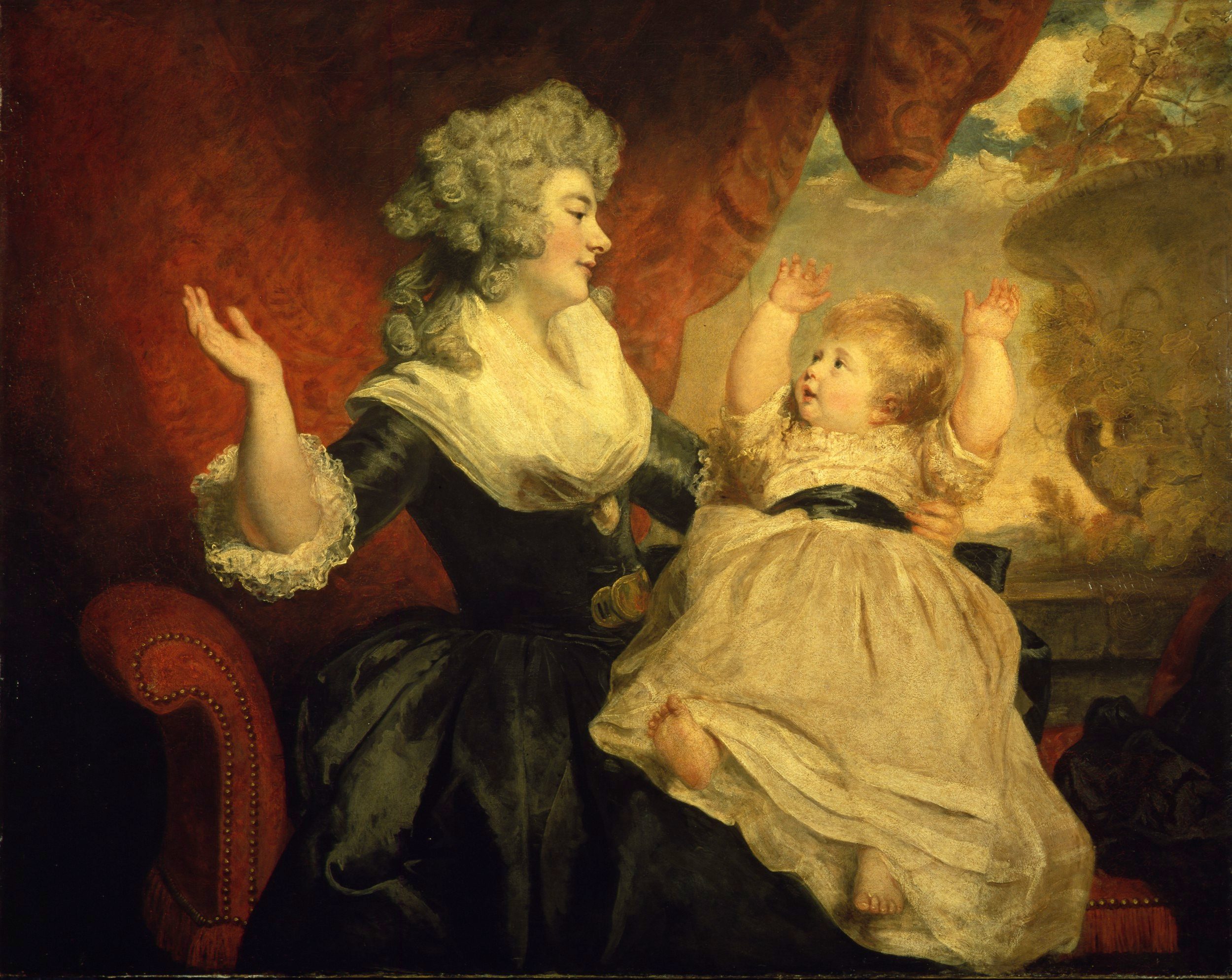
The Flemish painter Cornelis de Vos was greatly admired in the 17th century for his skill at capturing the likenesses of children. Among his most famous works is a portrait of his own daughter Magdalena. Painted in 1623, it is one of the treasures of Chatsworth, and the inspiration for this exhibition. This little girl looks out at us with confidence – I can imagine her about to laugh. She certainly looks pleased, and why wouldn’t she be, exquisitely attired in an embroidered orange-red dress with an elaborate lace collar. She could be any child today, wearing a much-prized Disney princess costume.
It is expressions such as Magdalena’s that I find most touching. They connect us across time to our own childhood. It is why I like listening to children chatter and play – they remind us that we were all once like that. I am particularly fond of that furtive sideways glance a child will throw. You can see it in the faces of my own characters. I suspect I probably learnt it from Charles Schulz and his drawings of Charlie Brown. (Schulz is a master of these little expressions that mean so much.)
Not all of my characters are illustrated as Charlie and Lola are, with their large eyes and simplified features. Sometimes, I have taken a more classical approach, as in the illustrated edition of Mary Poppins I made a few years ago, where the bodies have a roundness to them and the faces more detail and realism. But the proportions of characters are not what determine whether they are believable.
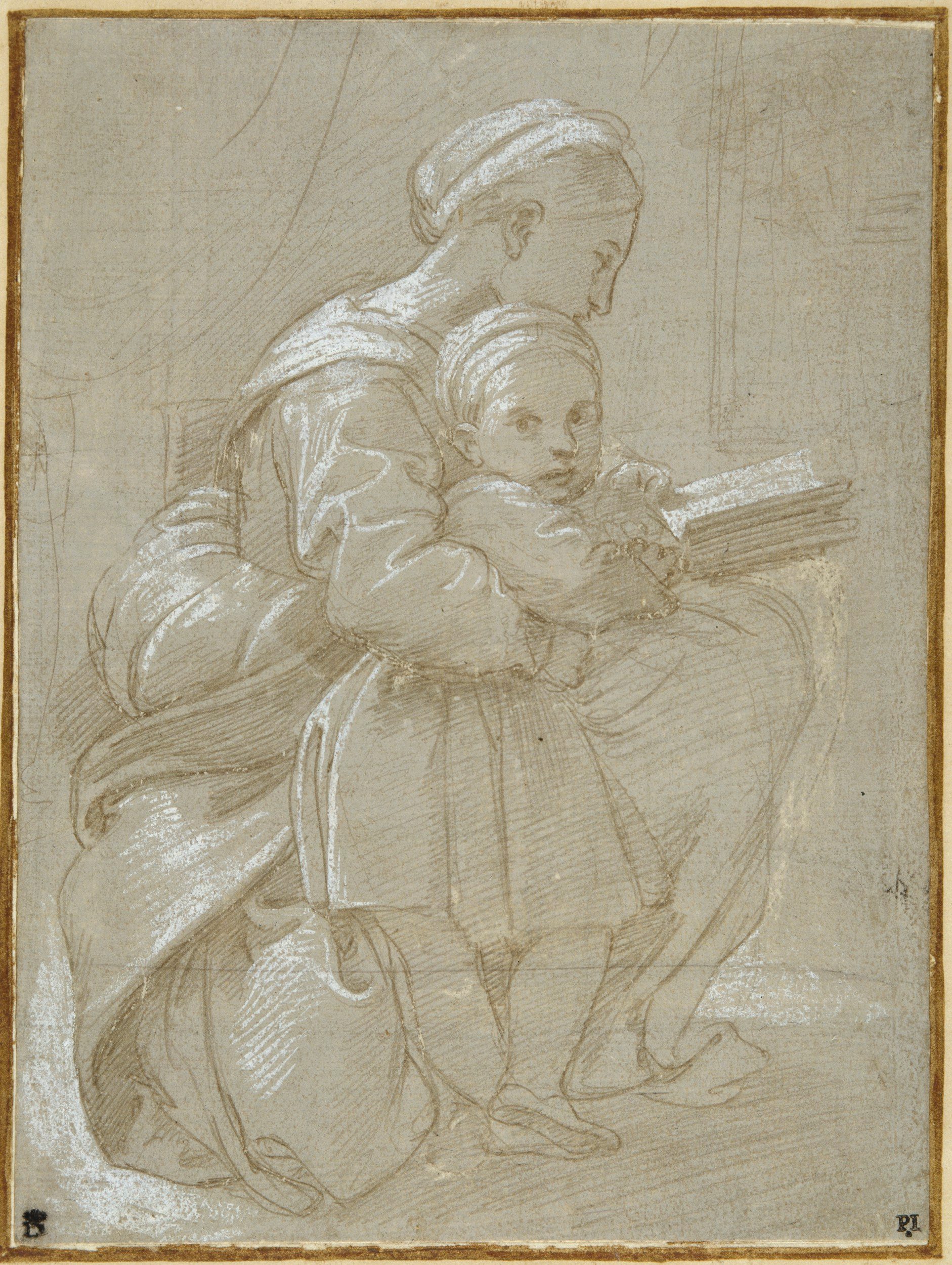
’s elegantly drawn figures for Winnie-the-Pooh (1926).
Such truth comes from observation, like understanding the easy way a baby will sit, firmly planted with legs outstretched, a pose we have to relearn and practise when we become an adult. Toddlers are more likely to kneel, with their feet tucked under them, and seem to be able to do so for as long as they wish. Finding a child still usually means they are asleep; sleep for a child seems to be very different than for an adult – more abandoned, somehow, more confident. You see it in the lovely painting Baby on a Green Sofa (1961) by Lucian Freud. It has such personality, this picture, both the artist’s and the infant’s. You sense the child’s solidness, imagine how it would be to pick it up, the weight of its head against your arm – I feel certain it would not wake. This portrait is about paint and abstraction, shape and colour. It is about the hand of the artist, but it also tells a truth about a sleeping baby.
Most of the artworks in Picturing Childhood are portraits from a time long gone. Some are very accomplished works of art, others great, some are beautiful and others intriguing; most speak of wealth and status. The children who sat for these grand paintings are often expertly drawn, yet not quite seen. They are somewhat idealised visions of childhood. And there are few portraits of children from impoverished families, because there was no one to pay for them. Those children are invisible. So, look at these works with curiosity and, if you truly look, they might reveal more than they perhaps meant to.
Picturing Childhood is at Chatsworth, Derbyshire ( chatsworth.org ), today-October 6; Clarice Bean: Smile by Lauren Child (HarperCollins, £14.99) will be published on March 28


Post a Comment
0Comments